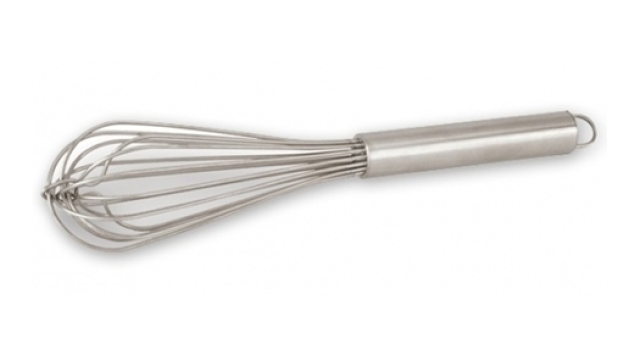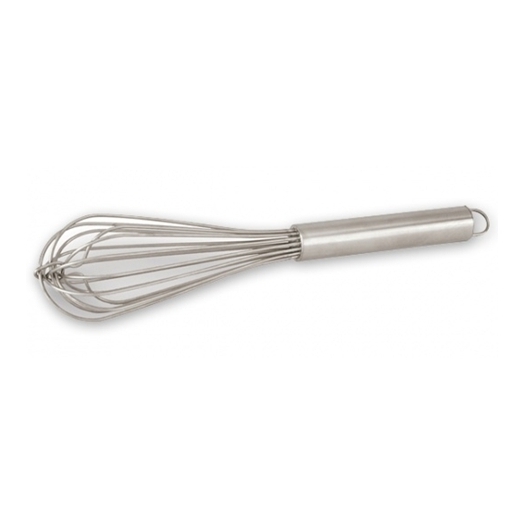Whisky, a drink that has captured the hearts and palates of many across the globe, holds within it a rich and enchanting world waiting to be explored. From its humble beginnings to the refined elixir it has become, whisky embodies the essence of craftsmanship and the celebrated art of distillation. Pour yourself a dram, as we delve into the captivating journey of whisky and unveil its golden secrets.
With its origins rooted in ancient civilizations, whisky has stood the test of time, evolving into a spirit that is cherished for its distinct flavors and delicate complexities. Tracing back its roots to regions such as Scotland, Ireland, and even North America, whisky has been crafted using different grains, methods, and maturation processes, resulting in a diverse range of expressions that cater to every discerning palate.
As we embark on this fascinating adventure, prepare to be enthralled by the meticulous craftsmanship that goes into creating each bottle of whisky. From the selection of grains to the fermentation, distillation, and aging, every step is carefully orchestrated to ensure the final product exudes character, depth, and a certain magic that only whisky can possess. Join us as we uncover the nuances of different whisky styles, from the smoky and peaty notes of Islay malts to the smooth and elegant flavor profiles of Highland drams.
Get ready to explore the enchanting world of whisky, where history, tradition, and passion intertwine to create a drink that is nothing short of extraordinary. From the moment the amber liquid kisses your lips, you will be transported to a realm where time stands still, and the complexities of flavors dance upon your tastebuds. So pour yourself a glass, sit back, and allow whisky to cast its spell as we journey into its golden elixir and embrace the captivating stories and traditions that make whisky truly remarkable.
The History of Whisky
Whisky, a beloved spirit enjoyed by many around the world, boasts a rich and fascinating history that spans centuries. Its origins can be traced back to ancient times, where the art of distillation was first discovered by the ingenious alchemists of the Middle East.
During the Middle Ages, whisky-making techniques migrated to Europe, specifically to Ireland and Scotland, where the craft was honed and perfected. Distilleries began popping up, and whisky rapidly gained popularity among the locals, eventually becoming deeply ingrained in the culture and traditions of these nations.
As the art of distillation spread, so did the variations of whisky. Different regions adopted their own unique methods and ingredients, showcasing the diversity and creativity inherent in this timeless elixir. From the smoky peat-flavored whiskies of Scotland’s Islay region to the smooth and mellow single malts of Ireland, each style carries with it a distinct character and charm.
Whisky continued to evolve and grow in popularity, even making its way across the Atlantic to the United States during the era of Prohibition. While this period put a temporary damper on legal whisky production, it also saw the rise of illicit distilleries and the birth of bootlegging, with whisky becoming a symbol of rebellion and defiance against unjust laws.
Today, whisky remains a cherished spirit enjoyed by connoisseurs and enthusiasts worldwide. With its rich heritage, complex flavors, and the artistry of its creation, whisky continues to captivate and enchant those who partake in its golden essence. As we explore the world of whisky further, we will uncover its secrets and delve deeper into the magical realm of this divine elixir.
The Art of Whisky Tasting
Whisky tasting is a truly captivating experience that allows enthusiasts to explore the intricate nuances and flavors of this remarkable spirit. Each sip reveals a story, a journey through time, craftsmanship, and the distinctive terroir that influences the final product. Let us delve into the enchanting world of whisky tasting and unravel the secrets behind this age-old practice.
When it comes to whisky tasting, the first step is to observe the appearance of the spirit. Its color can provide valuable insights into its age and maturation process. From pale yellow to rich amber, the varying hues offer a glimpse into the cask in which it was aged and the types of grains used. Take a moment to appreciate the mesmerizing shades before moving on to the next step.
The next phase is nosing, where one brings the glass close to their nose and inhales the tantalizing aromas that emanate from it. This step requires a delicate approach as the olfactory senses play a crucial role in detecting the multitude of scents present in the whisky. From sweet and fruity notes to smoky or floral undertones, each whisky presents a unique aromatic profile that sets it apart.
Finally, it is time for the much-anticipated tasting. Take a small sip and let it linger on your palate. Allow the whisky to coat your tongue, exploring its flavors and textures in detail. Notice the interplay between sweetness, bitterness, and spiciness that unfolds, revealing the complexity within the liquid. A well-rounded whisky will offer a harmonious balance of flavors, leaving a lasting impression with every sip.
Whisky tasting is an art that requires patience, practice, and an open mind. As you embark on your own journey through the enchanting world of whisky, remember to savor each moment, respecting the craftsmanship and heritage behind every glass. Cheers to the golden elixir that continues to captivate and inspire connoisseurs around the globe.
Exploring Whisky Distillation Techniques
Whisky, a beloved spirit enjoyed by connoisseurs around the world, is the result of a fascinating process known as distillation. This ancient technique has been refined over centuries, giving rise to various methods that ultimately shape the unique characteristics of each whisky. In this section, we delve into the captivating world of whisky distillation, exploring the techniques that contribute to its rich and diverse flavors.
One of the most widely used distillation techniques in whisky production is known as pot still distillation. This traditional method involves using copper pot stills, which play a crucial role in shaping the final product. The pot stills are heated, causing the fermented liquid, known as wash, to boil. As the wash vapor rises, it travels through the neck of the still and into the condensing unit. Here, it cools down and transforms back into a liquid form, known as new make spirit. The pot still distillation process produces a whisky that is often robust, full-bodied, and brimming with complex flavors.
Another prominent distillation technique employed in whisky-making is continuous column distillation, also referred to as Coffey still distillation. This method, named after its inventor Aeneas Coffey, involves a continuous process of vaporization and condensation. The wash enters the column still, where it is heated at the base. As it ascends the column, it encounters various plates, each with its own temperature. These temperature variations allow for the separation of different compounds, resulting in a cleaner and smoother whisky. Continuous column distillation is often used to produce grain whisky, renowned for its milder profile and versatility.
In addition to these mainstream techniques, some distilleries employ innovative methods to craft their whiskies. One such technique is known as double distillation, commonly used in the production of Irish whiskey. Unlike the typical Scotch whisky, which undergoes two separate distillations, Irish whiskey is distilled three times. This additional distillation process contributes to its signature light and smooth character. The triple distillation results in a spirit that is renowned for its distinctively soft and approachable flavor profile.
Exploring the intricate world of whisky distillation techniques unveils the artistry and dedication behind every bottle. From the traditional pot still and continuous column distillation to the unique approaches employed by different whisky regions, each technique contributes to the vast array of flavors and styles found within the whisky landscape. Whether you savor the boldness of a pot still whisky or prefer the smoothness of a triple-distilled Irish whiskey, the craftsmanship behind these distillation techniques continues to captivate whisky enthusiasts worldwide.

